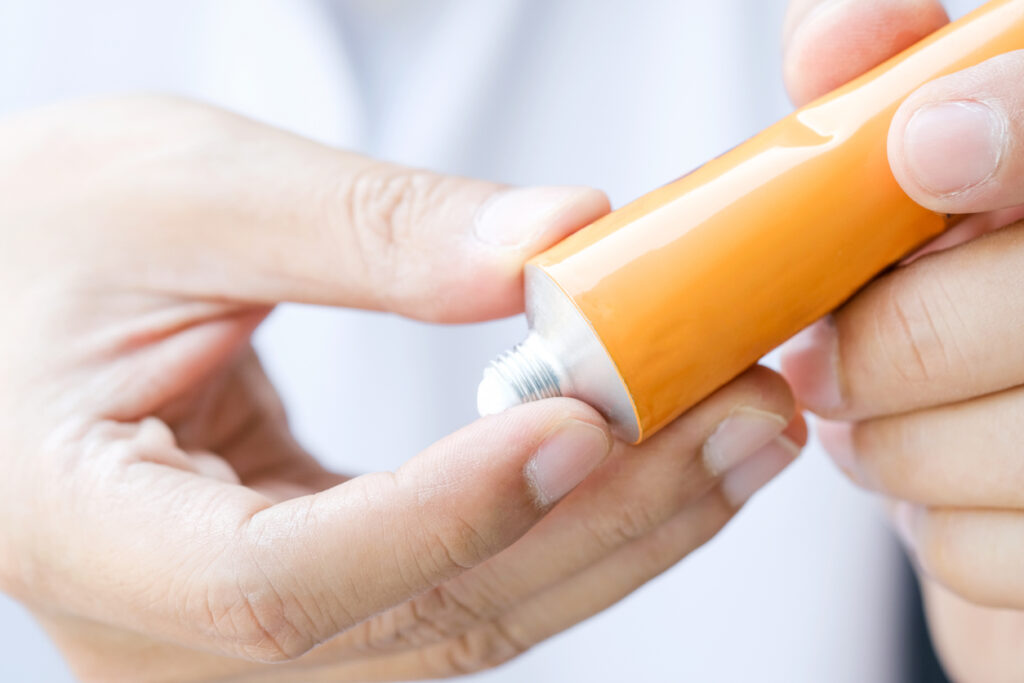What is topical steroid withdrawal (TSW)?
A national research group in Sweden set out to better define TSW, which is not an established diagnosis. Despite the lack of clarity on the phenomenon, social media is propelling TSW into the spotlight. The hashtag #topicalsteroidwithdrawal amassed more than 600 million views on TikTok.
TSW commonly described as extremely red and painful skin arising when cortisone cream treatment is tapered or stopped.
The new study targeted adults with atopic eczema, a group that often uses cortisone cream, who also identified as having TSW. The study was conducted via an anonymous questionnaire presented in Swedish in social media forums, with the option to share a link to invite other potential participants. The questionnaire was answered by almost 100 people aged 18–39, the majority of whom were women.
The results, published in Acta Dermato-Venereologica, show variations in how the participants defined TSW. Most common was to define it as a dependence on cortisone, with symptoms arising when tapering or stopping its use, although many others also defined TSW as a reaction to cortisone already during its use.
It was also common to define TSW based on the symptoms seen in the skin, such as redness and pain. While the symptoms described varied, they were largely similar to the symptoms seen in an exacerbation of atopic eczema.
In addition to the skin becoming red, dry, and blistered – mainly on the face, neck, torso, and arms – the participants also described sleep problems due to itching as well as signs of anxiety and depression.
A majority of the participants described concurrent symptoms of both atopic eczema and TSW. Cortisone cream was most often cited as the triggering factor, while some cited cortisone tablets and a few cortisone-free treatments.
“It’s important that healthcare professionals and researchers are involved in the discussion on TSW and contribute science-based knowledge where possible. Cortisone cream is an effective and safe treatment for most people, and at present there’s no support for avoiding its use for fear of the types of symptoms described in the context of TSW,” says Mikael Alsterholm, a researcher at the University of Gothenburg and a senior consultant in dermatology and venereology at Sahlgrenska University Hospital in Sweden, in a news release.
“At the same time, there’s a patient group with different experiences, expressed as TSW, and their symptoms and the potential causes need to be investigated by means of both research and practical healthcare. To do this, we first need to define TSW. While we understand that this is complicated, we hope that this study can help establish such a definition.”


